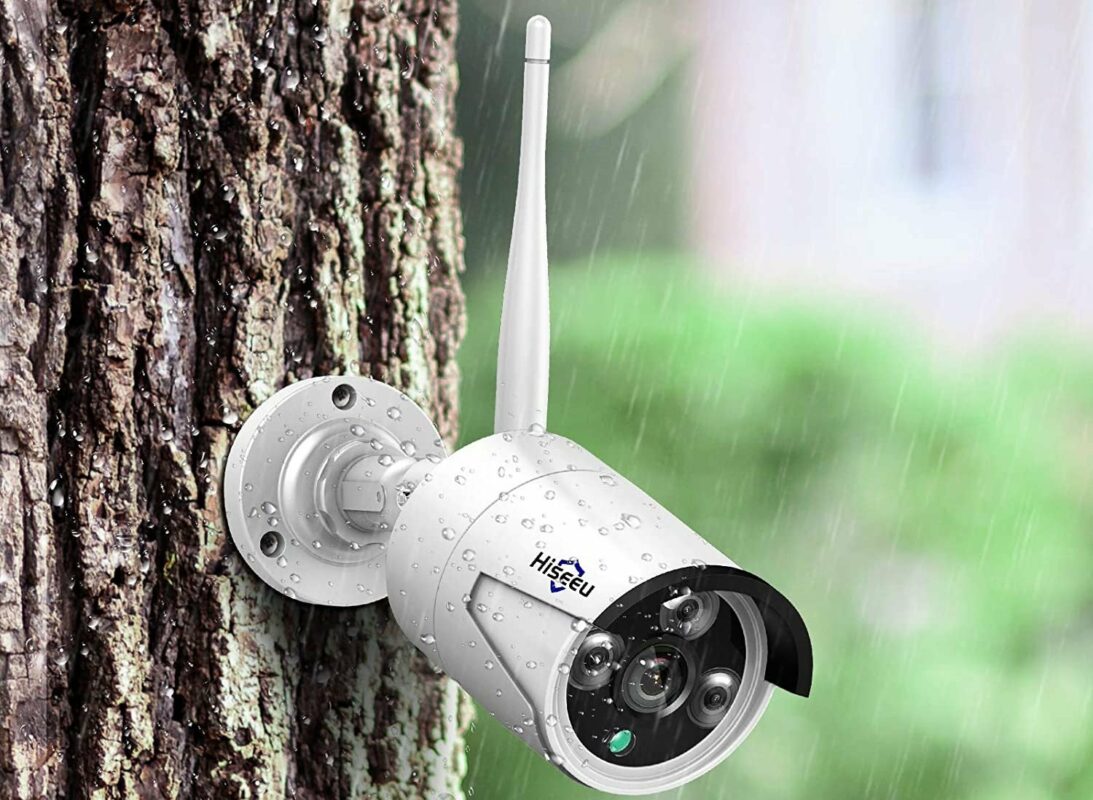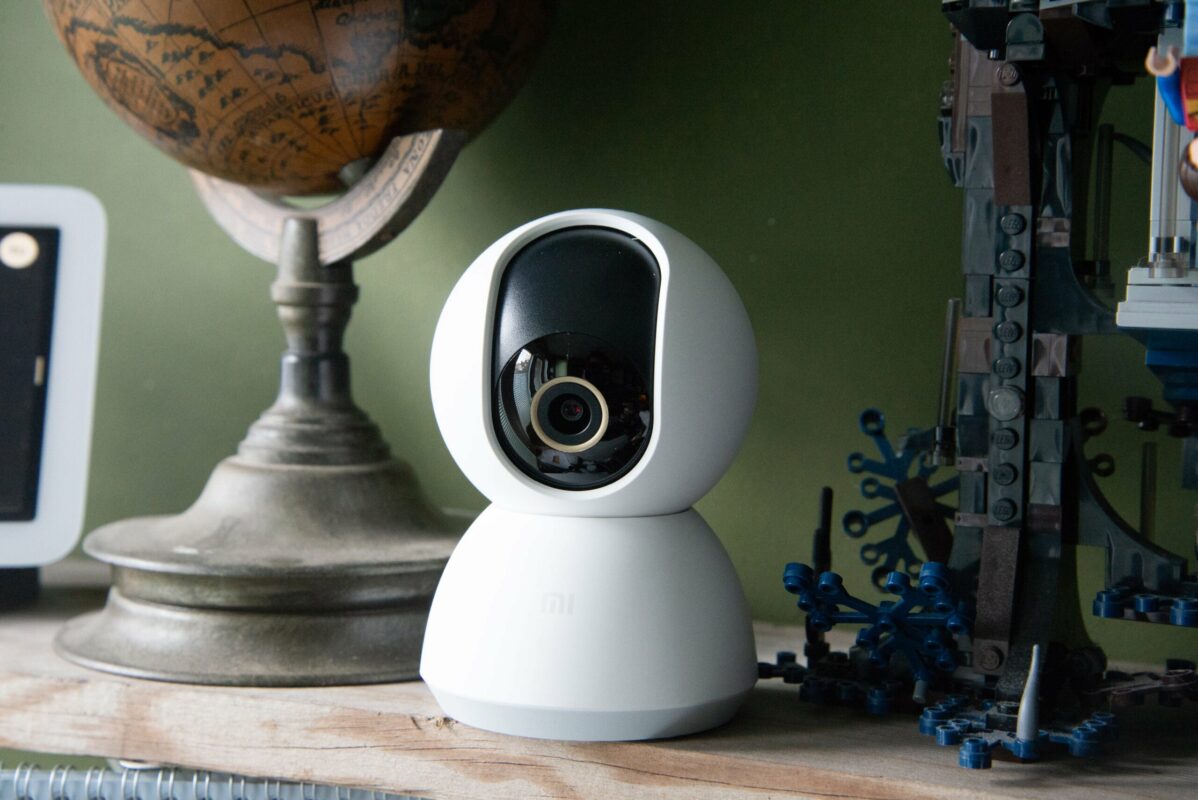WHY CHOOSE ANALOG CCTV?
What is analog CCTV?
A little history
In the world of video surveillance, there are 2 large families. Analog installations with coaxial cabling , and IP (Internet Protocol) installations with ethernet cabling . If the former are still widely present and used to protect places in France, they are gradually being replaced by IP cameras . However, thanks to technological advances, video surveillance by coaxial cabling allows very impressive image sharpness . It is not because the technology is old that it no longer works or that it is no longer subject to innovation. You still use your fridge although its invention is not new, right?
How does analog CCTV work?
As for how analog cameras work, it’s actually quite simple . The camera lens will capture an image and then distribute it via the coaxial cable as an analog signal, therefore continuous. There is nothing between the acquisition of the image and its transcription. To put it simply, a analog camera can be connected directly to a screenin order to have a live view. The oldest analog cameras have a resolution that is expressed in LTV (for TV Lines), ie the number of lines that will be able to be displayed. For example, a camera with a resolution of 480LTV is considered a standard type camera. Only, the analog cannot exceed a certain resolution (1000 LTV in general). This is why video surveillance manufacturers have developed revolutionary technologies in order to offer analog cameras in full HD, or even in 4K.
HDCVI/CVI: analog in full HD
Aware of the massive presence of analog cameras on the world market, video surveillance manufacturers have created a technology capable of reaching very high resolutions normally possible only by changing the cameras and the cabling. This is the case of the Dahua company , which has developed the HDCVI protocol which makes it possible to have cameras in full HD while keeping the coaxial cabling. However, in addition to the cameras, you will need a recorder (DVR) so that the camera feed can be converted to its maximum resolution. Below is a typical diagram of a CCTV installation in HDCVI, coaxial cabling.Note: if you find HDTVI cameras not HDCVI cameras on our site, this is simply due to the fact that each brand has its own name for the technology. But rendering and capabilities are the same, whether for HDCVI or HDTVI .
For what needs?
A more affordable price
This is obviously the most significant criterion: the price of analog cameras is much lower than that of IP cameras. Knowing that analog image resolutions are more than acceptable, it is now possible to equip yourself with a system of several cameras without having to completely break the piggy bank.
Installation over greater distances
The other advantage of video surveillance connected with coaxial cabling is at the level of the transmission distance. Over several hundred meters , the transmission of images without loss of quality is largely possible. You can thus put your recorder in the shelter of a room and connect a camera to it outside on your property 300 meters away.













